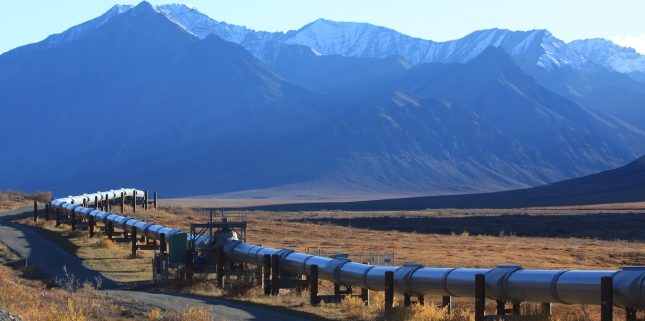The Types of Nitrogen Purging Systems
Impurities, oxidation, and unwanted vapors (or gases) can occur within many industrial manufacturing systems. The presence of these gases runs the risk of creating a hazardous or explosive environment within the system. Nitrogen purging is the safest method for eradicating any potentially damaging or threatening ambiance by using a technique that implements an inert nitrogen atmosphere.
Industries such as pharmaceuticals, oil and gas, and chemicals integrate the process of nitrogen purging as an essential part of their daily operation. Where the presence and the contamination of threatening gases are likely, a nitrogen purge system is an absolute requisite.
The Method of the Nitrogen Purge
Nitrogen purging is a method of successful displacement of any dangerous gas, harmful vapor, damaging oxygen, or unwanted moisture to ensure the environment within the equipment or a system is dry.
Purging is a well-established and long recognized use of nitrogen gas. For example, tanks that are full of hydrocarbon liquids have vapor space that exists at the top of the tank where hydrocarbon vapors gather. When emptying an atmospheric tank, the air is drained and can become subject to friction or static electricity, which can easily ignite or explode. A nitrogen purging system, however, functions to eradicate the vapor space with nitrogen gas, thwarting the hazard of explosion.
A nitrogen purging system is ideal for substances that attract water by either absorption or adsorption. Substances like this include ethanol, glycerin, methanol, and concentrations of sulfuric acid, lye, or honey.
The Merits of a Nitrogen Purging System
The main objective of a nitrogen purging system is to purify pipes and other components in a manufacturing process that can house various contaminants. Nitrogen is a reliable inert gas that is both economical and safe. The benefit of a nitrogen purge is that it eradicates the risks associated with unsafe elements, including oxygen. It creates a more stable, dry, and safe environment. Depending on the method of nitrogen purging used, the nitrogen may flow at either low or high pressures.
What are the Different Kinds of Nitrogen Purging Systems?
There are four main processes for a nitrogen purge, each of which requires different equipment. The four processes involved include:
- Displacement purging
- Dilution purging
- Pressure transfer of liquids
- Pressure hold vacuum process
Displacement purging
Manufacturing equipment that is designed with a basic cross-section (such as pipelines) is ideal for displacement purging. This functions by using a scraping piston (or pig) which is thrust by the pressure of the nitrogen. As the scraping piston propels through the line, it purges the unwanted matter. The volume of the pipeline determines the amount of nitrogen that is needed to perform this task. There is no mixing involved (as in the dilution method) and it is possible to separate nitrogen and additional material with an inert fluid.
Dilution purging
Systems that are more complex than a straightforward pipeline, and equipment that includes cross-sections, are ideal for dilution purging. An example of this includes columns, reactors, or kilns. The nitrogen is mixed with the specific gas needed to be purged in the system. The mixture is purged from the entry point to the exit point. Emphasis is placed on the location(s) of these two points. Diluting combined with displacing the unwanted matter results in the creation of a more inert atmosphere.
Pressure transfer of liquids
In some instances, the objective is to move liquids without the use of a pump. Nitrogen is the perfect choice to pressurize the headspace inside the container or system in order to do so. This is particularly useful where space is constricted or where materials that influence pump efficiency are present. By using the pressure transfer of liquids, the chance of oxidation is significantly reduced.
The pressure-hold vacuum process
There may be conditions present that prevent the nitrogen from sweeping away harmful substances. In this case, the container is instead pressurized with nitrogen. This creates the conditions for dilution to occur and the material is then vented. The pressure hold vacuum process is then repeated. This is an effective method for containers that have only one opening. The amount of nitrogen needed for this process is based on how many times pressurized purges are needed to reduce the unwanted contaminant to the desired level.
On Site Gas is the Leader in Nitrogen Purging Systems
On Site Gas is best-in-class when it comes to matching nitrogen purging systems to your needs. To learn more about which nitrogen purging system is best for you, consult with a member of our customer care team today. Our experts are here to help you choose the nitrogen purging solution that works for you.









Leave a Reply
Want to join the discussion?Feel free to contribute!